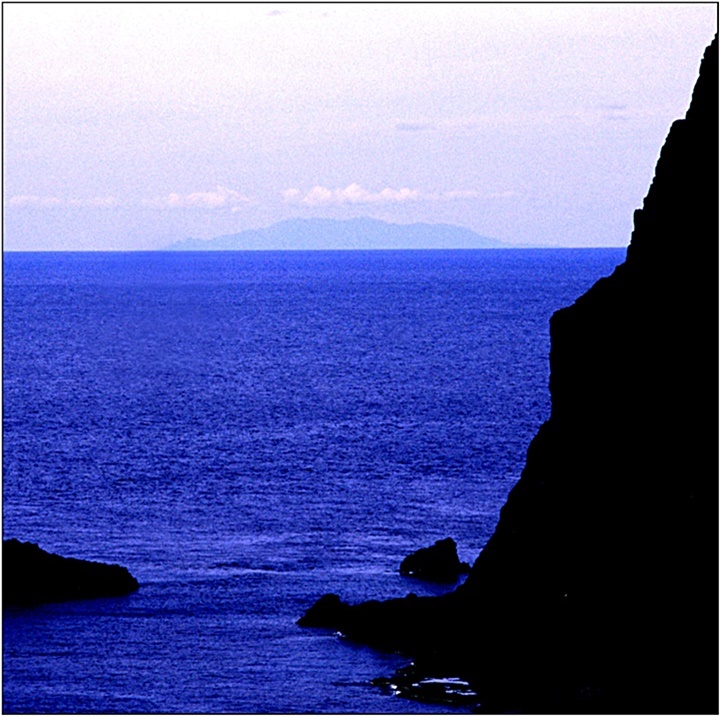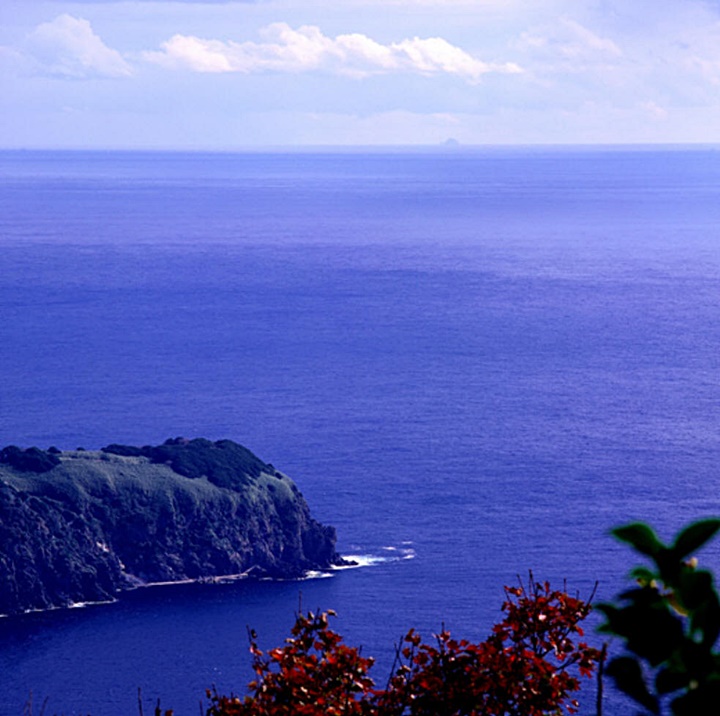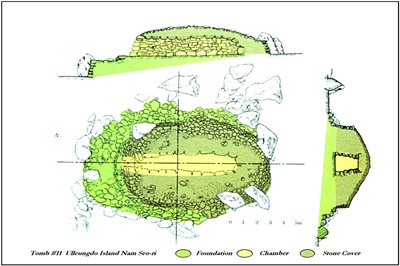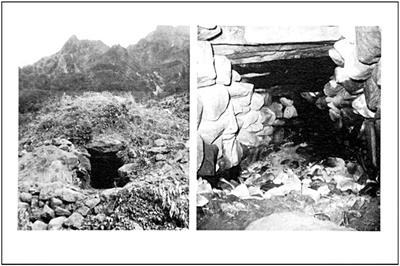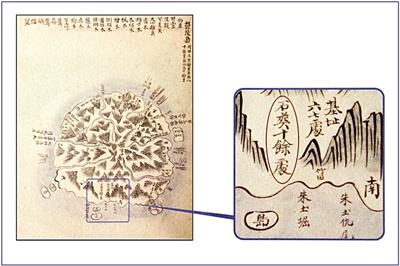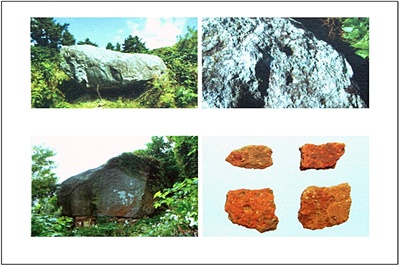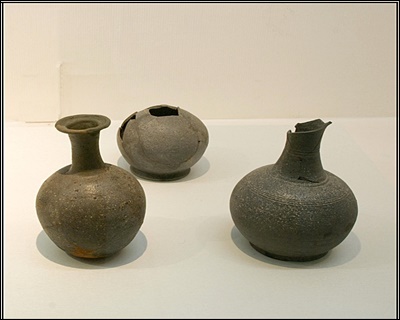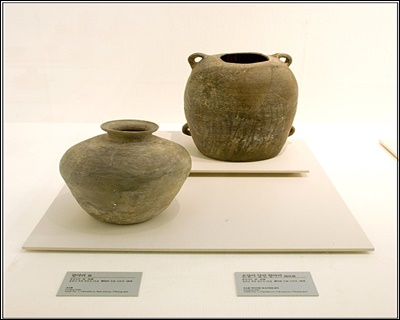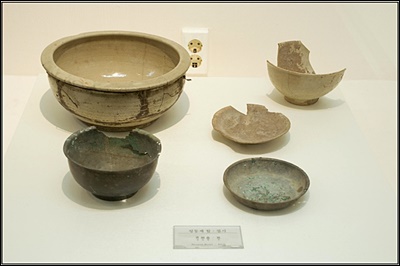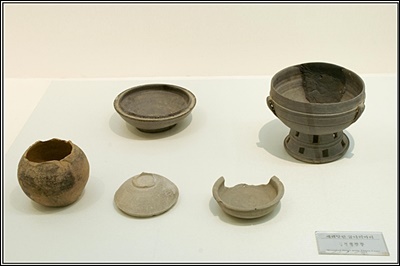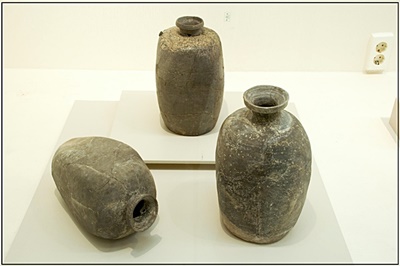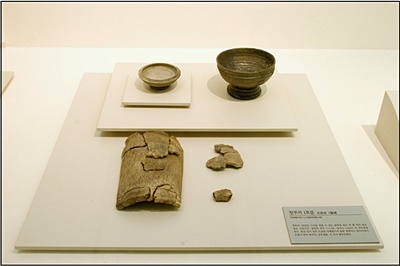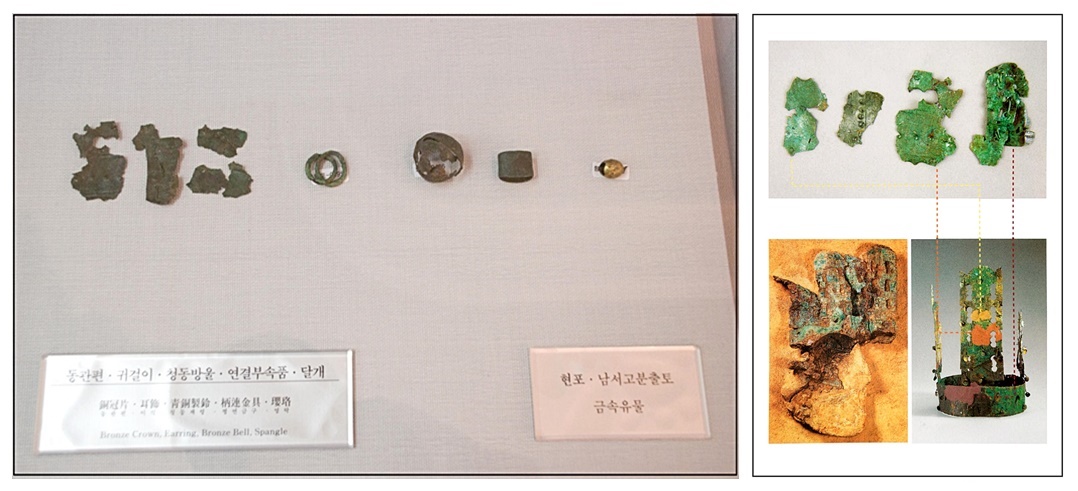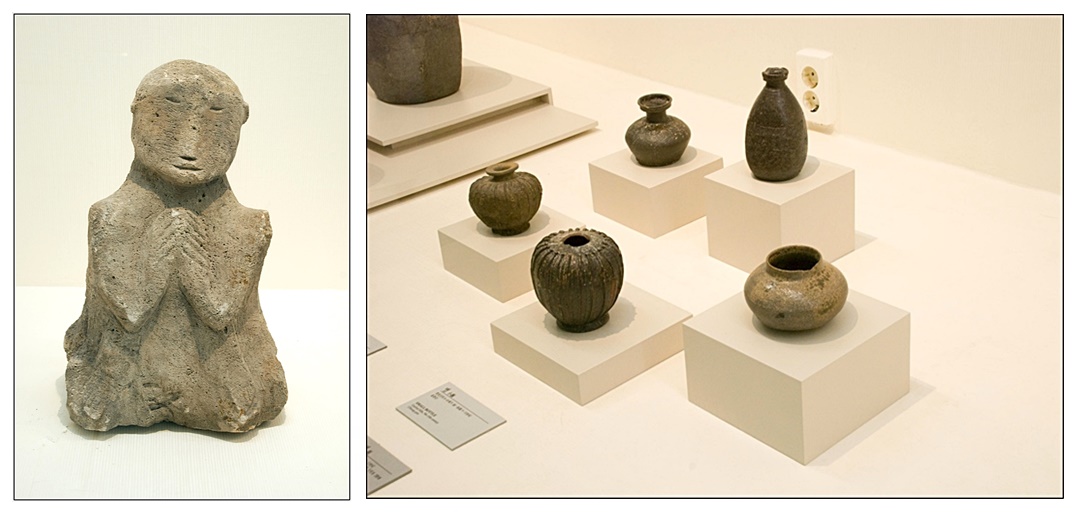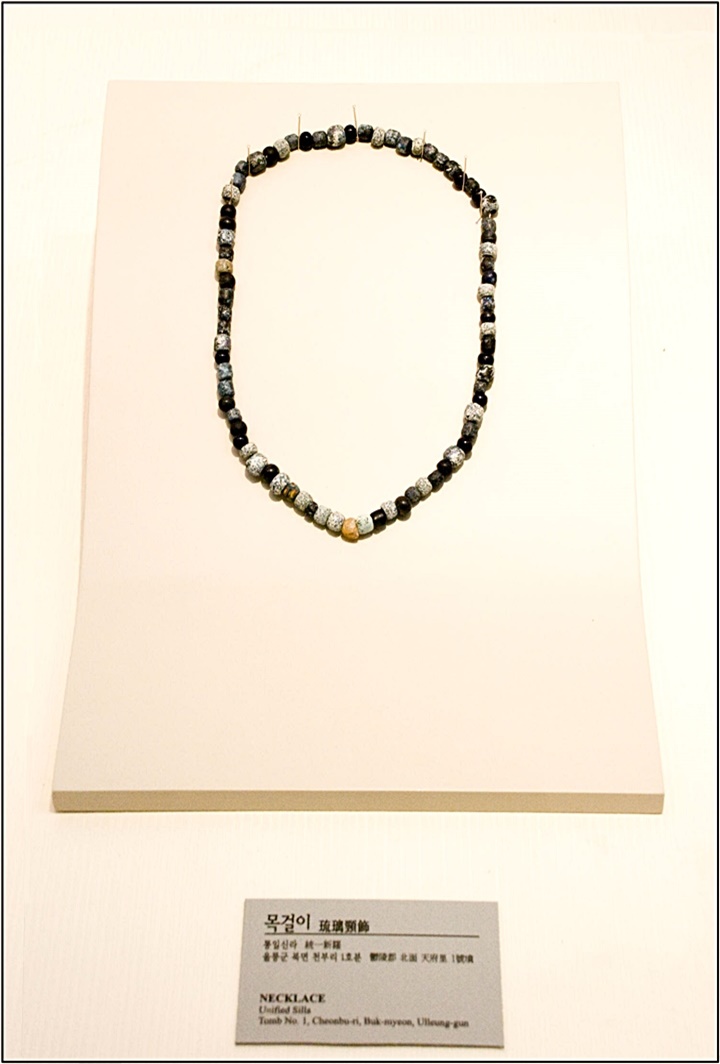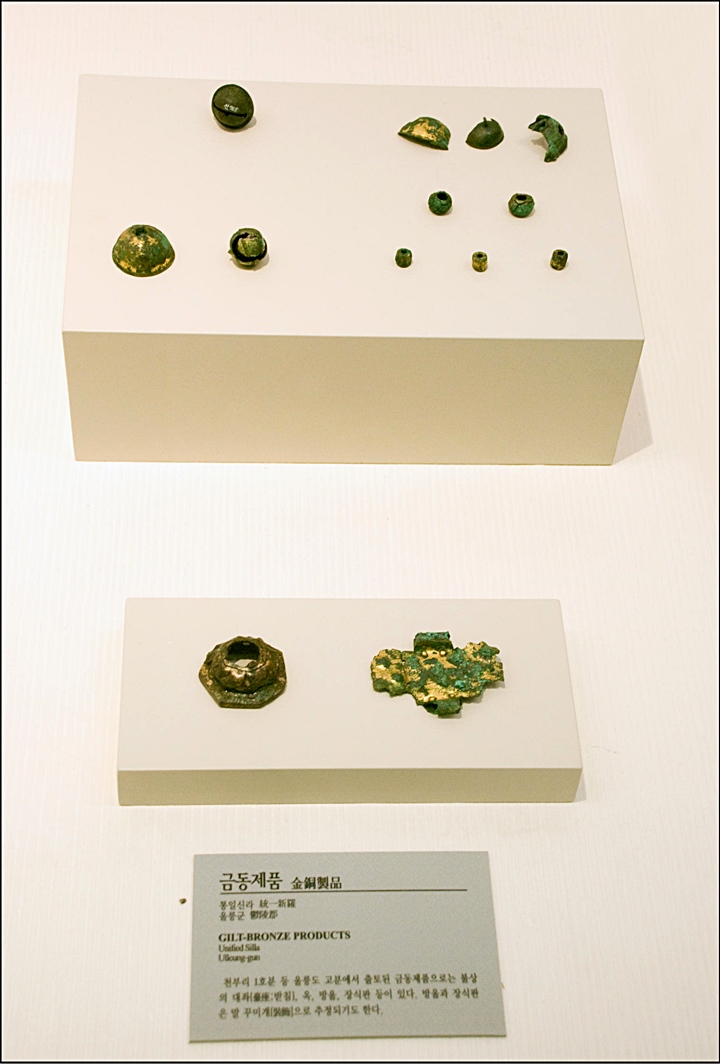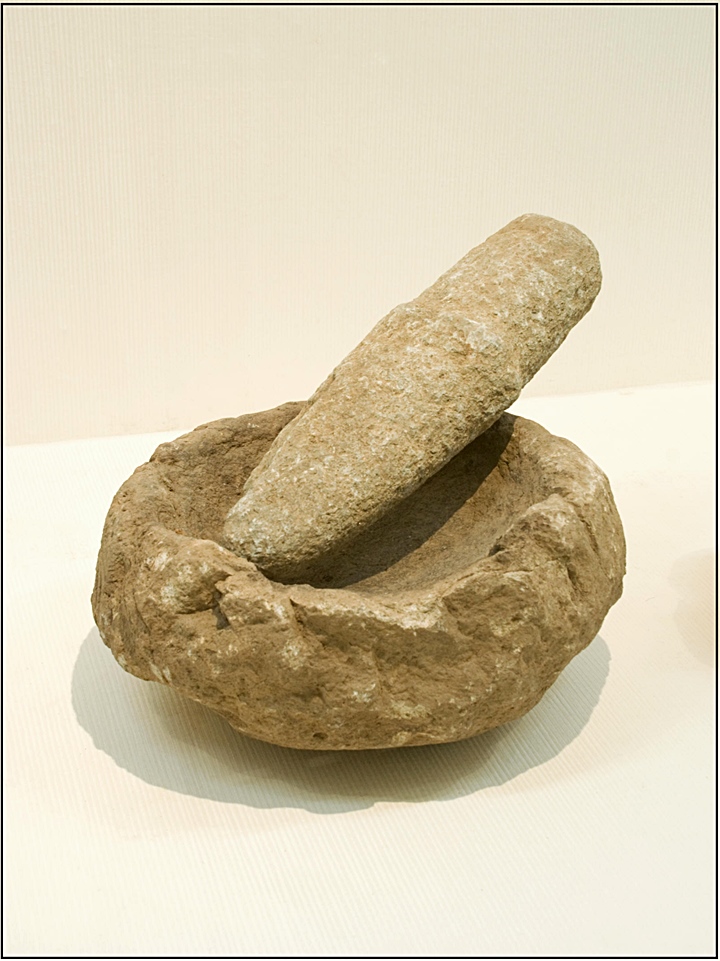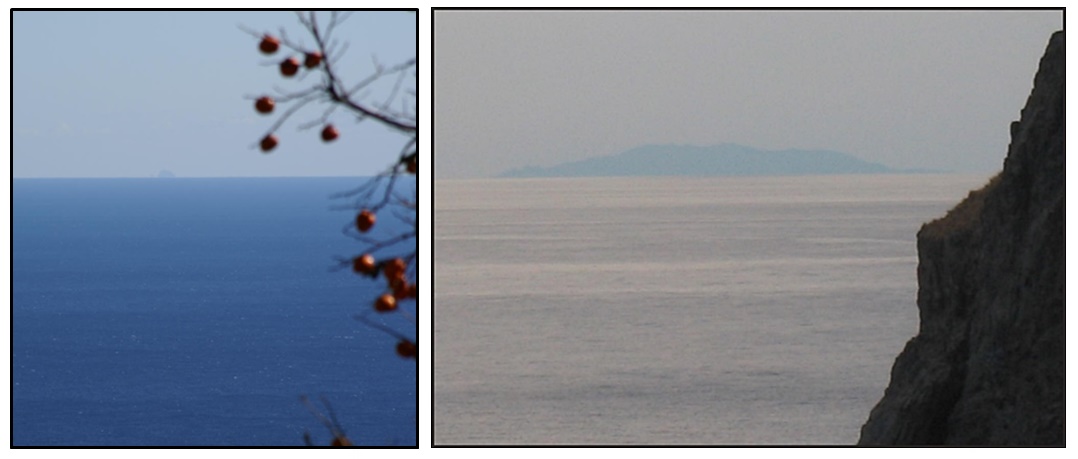The map below left shows the entire East Sea (Sea of Japan). Ulleungdo is located West of Dokdo Island and was historically known from being visible from there. Many historical records also describe Korea being visible from the Ulleungdo – Dokdo region. The map below right shows Ulleungdo Island. Marked in blue are some of the locations where archeological artifacts have been discovered and excavated.
Located near the center of the East Sea was know for rich forests and marine resources. Ulleungdo Island was the big prize and ownership of her determined possession of Dokdo. Without Ulleungdo there was little reason for Japan to covet Dokdo, just two barren rocks, void of fresh water, trees, and around five days return voyage in very heavy seas.
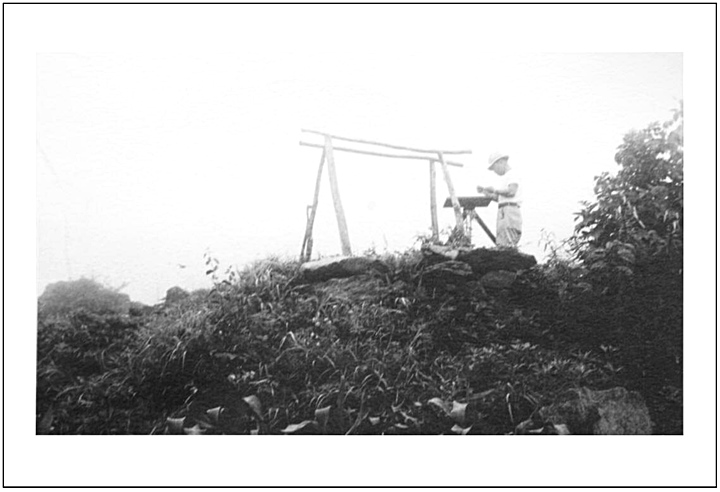 The archeological search for traces of ancient people on Ulleungdo started during the era of Japan’s colonial rule over Korea. The most prominent members of the archeological team were Torii Ryujo and Professor Fujita Ryosaku of Japan. Notably, Torii Ryujo took a photographer with him when he went to Ulleungdo between late October and November of 1917 searching for relics in Hyeon Po, Cheonbu, Namyang, Namseori etc,.
The archeological search for traces of ancient people on Ulleungdo started during the era of Japan’s colonial rule over Korea. The most prominent members of the archeological team were Torii Ryujo and Professor Fujita Ryosaku of Japan. Notably, Torii Ryujo took a photographer with him when he went to Ulleungdo between late October and November of 1917 searching for relics in Hyeon Po, Cheonbu, Namyang, Namseori etc,.
To the right, a Korean archeologist surveys tomb # 38 at Ulleungdo’s Hyeon Po Ri in the year 1957. (click image)The excavation of relics on Ulleungdo was first undertaken by the Korea’s National Museum in 1957 and 1963, which was after Korea’s liberation from Japan. By then, a lot of the tombs had been either looted or destroyed.
The survey team tried to get the exact locations of the tombs on the island as well as excavate them. Because the tombs were highly visible stone structures above the ground, the tombs on Ulleungdo were recorded throughout history. Even many ancient Chosun maps show the locations of these burial sites by marking the locations as “石葬”.
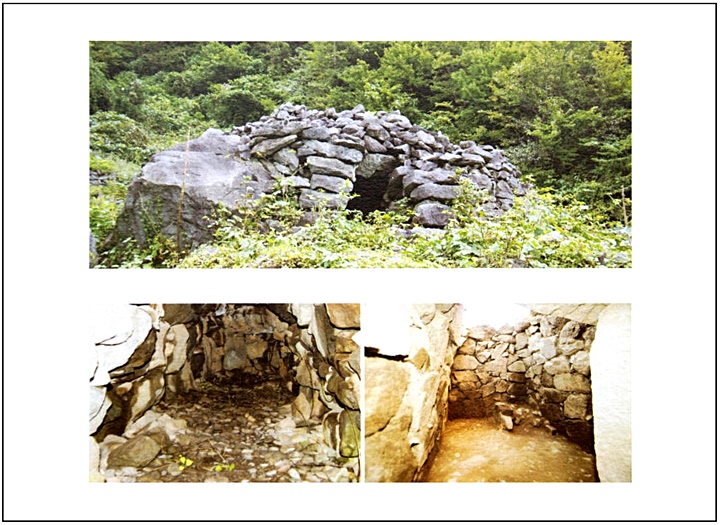 Apart from the test excavation by Yeong Nam University Museum in 2000 when there was a study about the rows of upright stones in Hyeon Po Ri, surveys so far were mostly for specific locations of the tombs and relics on the island.
Apart from the test excavation by Yeong Nam University Museum in 2000 when there was a study about the rows of upright stones in Hyeon Po Ri, surveys so far were mostly for specific locations of the tombs and relics on the island.
On July 8th, 1957 the National University survey team (Kim Won Yong, Yun Mu Byeong, Im Cheon) boarded a passenger train bound for Dae Gu to study Ulleungdo. They travelled via Dae Gu, Pohang and then to Ulleungdo. It took three full days before the could get serious on their work of surveying as late as July 12th.
The top image above is a Korean tomb at Nam Seo Ri on Ulleungdo Island. The two lower pictures compare an ancient tomb on Ulleungdo (left) with a tomb from Kyeongju, mainland Korea (right).
In June and September of 1963, Mr. Kim Jeong Gi of Korea’s National Museum visited Ulleungdo for a second survey on previously unfinished work from the past and to take photographs. This time he unearthed a surprising discovery and also surveyed tomb #1 in Cheonbo Ri. Remarkably this tomb had been preserved free of looting.
These discoveries are of great significance because they revealed the location and construction of the tombs. These burial cites also yielded remains and relics which made known the time era of their construction. All of the tombs found on Ulleungdo are made of stacked stones and most of them are built above ground. First a level stone-earth platform was created and then a chamber was formed to house the body. Next, they covered the chamber with stones instead of soil. Stones were utilized due to the lack of soil on Ulleungdo Island.
The tombs described above are evidence of Korean activity near Dokdo during Korea’s Unified Shilla Era (668-935 A.D.) However, archeological evidence of ancient Koreans on Ulleungdo predate the 6th Century. This is proven by the dolmen (called go-in-dol, in Korean) found on Ulluengdo Island. A dolmen (also known as cromlech, anta, Hunengrab, Hunebed, quoit, and portal dolmen) is a type of single-chamber megalithic tomb usually consisting of three or more upright stones supporting a large flat horizontal capstone (table).
Here it states:
“…In May in the summer of the 13th year (512 A.D.), Usan-guk surrendered and began paying annual tributes in local products. Usan-guk is an island in the sea due east of Myeongju [present-day Kangneung]. It is also called Ulleungdo. It has an area of 100 ri. The land was believed to be too rugged to conquer…”
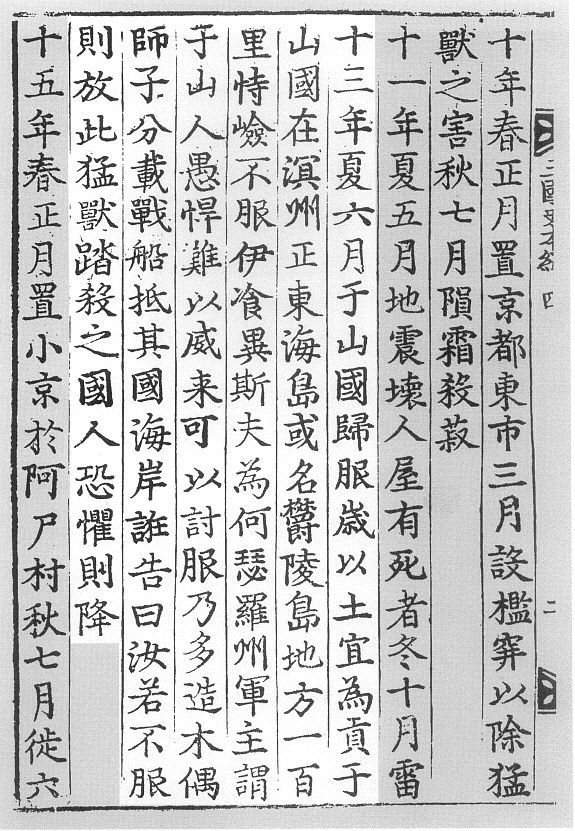 “…When government official Lee Sa-bu became commander of Haseullaju, he said, “The people of Usan-guk are ignorant and savage and would be difficult to subdue by force, but we can use cunning…”
“…When government official Lee Sa-bu became commander of Haseullaju, he said, “The people of Usan-guk are ignorant and savage and would be difficult to subdue by force, but we can use cunning…”
“…Then he made many wooden lion figures, divided them up, and loaded them on warships. On the shore of the country, he deceitfully said, “If you do not surrender, we will release these ferocious animals and you will be trampled to death. The country’s people became so frightened that they immediately surrendered…”
This document proves that a political group of Usanguk did in fact exist before at least the 6th Century. In other words Usanguk was a separate self-governed state before Shilla incorporated it. When we look at Shilla’s tactics used in the incorporation process it can be understood how resilient the people of Usanguk must have been.
Rather using brute force Shilla had to outwit Ulleungdo’s residents to persuade them into surrendering. Most of the ancient artifacts found on Ulleungdo are from between the late Three Kingdoms Era and Unified Shilla Era. However, it doesn’t mean Koreans didn’t live there much earlier.
For over thirty generations before Japanese arrived, ancient Koreans on Ulleungdo gazed eastward and saw an island they knew was theirs. We know historically man considered lands visible from his home part of his territory. Thus it’s only logical to think these ancient Koreans believed Dokdo was attached to Ulleungdo or at the very least. Korea’s limit. Korea’s peaceful management over the region would continue until attacks and looting by Japanese pirates at the beginning of the 15th Century. More than five centuries later, Japan’s relentless desire to expand westward continues….


